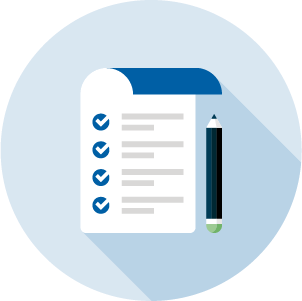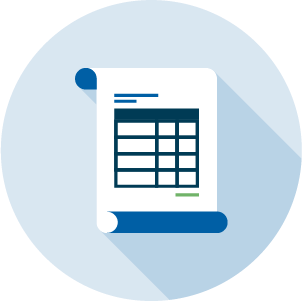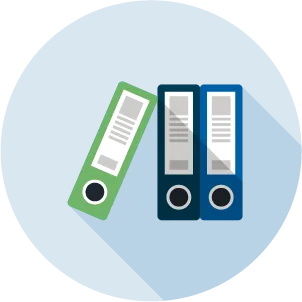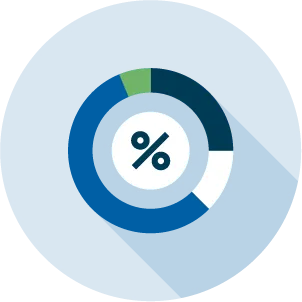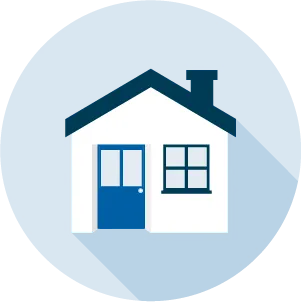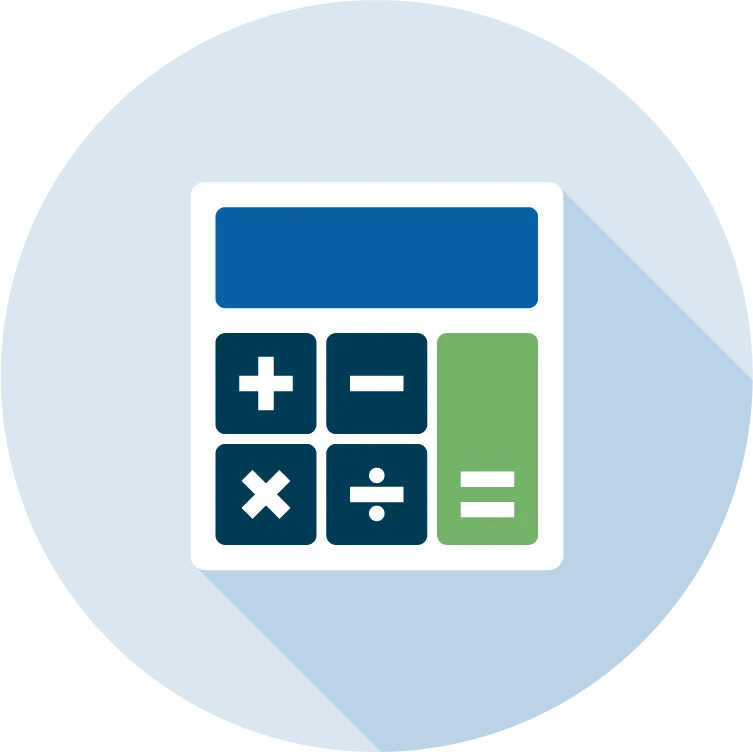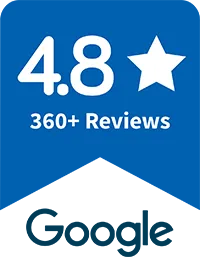A 10/1 ARM (Adjustable-Rate Mortgage) is a 30-year loan where the interest rate is fixed for the first 10 years. After that, the rate can adjust annually for the remaining 20 years based on market conditions. The "10" represents the years of fixed rate, while the "1" indicates that the rate can change once per year after the fixed period.

10/1 Adjustable-Rate
Mortgage Loan
Stability Now, Flexibility Later
The 10/1 ARM mortgage offers homebuyers the best of both worlds. It combines the stability of fixed interest rates for the first 10 years with the flexibility of yearly adjustments after the fixed-rate period is over. Ideal for those who don't plan to stay in their home for more than a decade or wish to take advantage of lower initial interest rates.

Key Benefits
Lower Initial Payments
Enjoy lower monthly payments during the first 10 years compared to a 30-year fixed mortgage.
Increased Borrowing Power
Lower initial interest rates allow you to borrow more, potentially affording a better or bigger house.
Potential for Decreased Payments
When rates start to adjust, they may go lower, potentially reducing your monthly payments.
Long Fixed-Rate Period
Enjoy a full decade of fixed rates before any adjustments occur, providing long-term stability.
10/1 ARM Mortgage Information
A 10/1 ARM mortgage features a fixed rate for the first ten years, and then the interest rates start to vary every year for the remaining 20 years of the 30-year loan term. To better understand how this ARM can fit into your homeownership plans, you can start by speaking to one of our seasoned experts.
How Does 10/1 ARM Work?
In a 10/1 ARM mortgage:
- The interest rate is fixed for the first 10 years.
- After 10 years, the rate becomes variable for the remaining loan term.
- The rate can increase or decrease, aligned with market trends.
- ARM interest rates have two parts: a base rate and an index/margin rate.
Understanding ARM Rate Caps
ARM rates are often represented by three numbers, like 2/2/5:
- The first number is the maximum increase at the initial adjustment.
- The second number is the maximum increase for each subsequent adjustment.
- The third number is the lifetime cap on interest rate increases.
When Does a 10/1 ARM Adjust?
The adjustment depends on the closing date of the mortgage. For example, if the loan closes on July 1, 2024:
- The first rate adjustment will occur on July 1, 2034.
- Subsequent adjustments will happen annually on July 1.
- This continues until the end of the loan term.
Pros and Cons of a 10/1 ARM
Understanding the advantages and disadvantages of a 10/1 ARM can help you make an informed decision.
Additional Considerations
Pros:
- Lower initial payments for the first 10 years
- Increased borrowing power due to lower initial rates
- Potential for decreased payments if rates fall after the fixed period
Cons:
- Potential for higher overall costs if rates increase
- More complex terms compared to fixed-rate mortgages
- Risk of payment shock if rates rise significantly after the fixed period
When is a 10/1 ARM Right for You?
A 10/1 ARM might be suitable if:
- You plan to sell or refinance within 10 years
- You can negotiate better initial interest rates
- You expect your income to increase in the future
- You're comfortable with potential rate changes after 10 years
10/1 ARM FAQs
Everything you need to know about 10/1 ARM Mortgages
What is a 10/1 ARM mortgage?
How does the interest rate on a 10/1 ARM change after the fixed period?
After the 10-year fixed period, the interest rate on a 10/1 ARM can adjust annually based on:
- The index the loan is tied to (often the Secured Overnight Financing Rate or SOFR)
- The margin set by the lender
- Any rate caps specified in the loan terms
What are rate caps in a 10/1 ARM?
Rate caps in a 10/1 ARM limit how much the interest rate can change. There are typically three types of caps:
- Initial adjustment cap: Limits how much the rate can increase at the first adjustment after the fixed period
- Subsequent adjustment cap: Limits how much the rate can increase in one year for all adjustments after the initial one
- Lifetime cap: Sets the maximum interest rate increase over the life of the loan
Who might benefit from a 10/1 ARM?
A 10/1 ARM might be beneficial for:
- Homebuyers who plan to sell or refinance within 10 years
- Those who expect their income to increase significantly in the future
- Buyers looking for lower initial payments compared to a 30-year fixed-rate mortgage
- People comfortable with some uncertainty in exchange for potential savings
How do 10/1 ARM rates compare to fixed-rate mortgages?
Generally, 10/1 ARM rates are lower than 30-year fixed-rate mortgages during the initial 10-year fixed period. This is because the lender is only guaranteeing the rate for 10 years, not 30. However, after the fixed period, 10/1 ARM rates can potentially increase above fixed-rate mortgage levels.
The trade-off is between lower initial payments with a 10/1 ARM and the long-term predictability of a fixed-rate mortgage. Your choice should depend on your financial goals, risk tolerance, and how long you plan to stay in the home.
For the most up-to-date rate comparisons, speak with one of our mortgage experts.

Secure your home with a 10/1 ARM Mortgage Loan.


